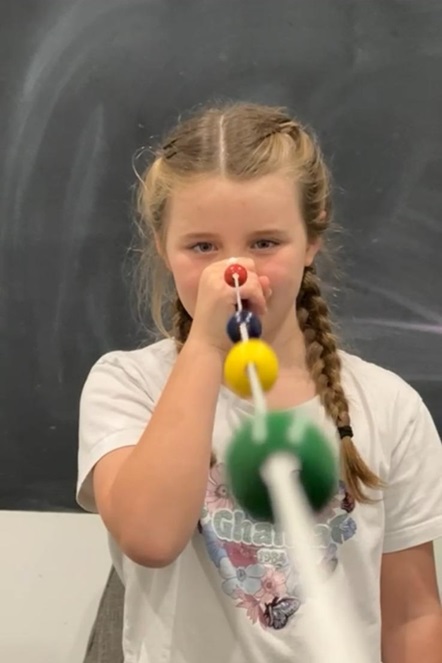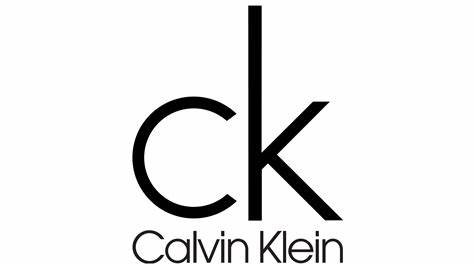What does 'vision' mean?
Vision is a very complicated function of the human brain. Less than 10% of this process occurs in the eye. The other 90% occurs in the brain when the brain puts information from the eyes together with information from the other senses such as touch and balance.
An ordinary eye test deals with the part of vision that occurs in the eyes. A visual information assessment (provided by a Behavioural Optometrist) looks at the second part of vision.

As an infant grows into a toddler and then into a child, the brain is learning to associate what the child sees with what they smell/touch/feel and sense. This happens through all the skill acquisitions we pride ourselves in when our children first crawl, walk, run, skip, and then finally learn to read. When a baby puts something in their mouth, they look at it and match its texture, taste, smell, and weight with what they see. Eventually, they do not need to put it in their mouth anymore, as the brain remembers with familiarity these facts about this object by simply “seeing” it.
However, in the process of learning to read, a whole range of other concepts and milestones first need to be met for the brain to be “retentive” and “understanding” of the information presented in the learning environment. The child needs to filter through an onslaught of sensory stimulation (more specifically sound and sight) as they sit in their first classroom and know which information to attend to and which is less important.
Then the understanding of ‘sidedness’ occurs. First in oneself and then projecting into space. A child needs to be aware that there are 2 sides to his/her body, left and right, before they can learn that our English language moves from left to right across the page and that a word will therefore have a beginning, a middle, and an end. This process hones in further when the child identifies that exactly the same symbol, say the letter ‘b’, can change its name when its ‘sidedness’ changes and becomes a “d.” We call a chair a chair whether it is the right way up or upside down, so then why is a letter “b” suddenly a “p” just because it is upside down?
Visual Information Processing
This new awareness is tested for in the Visual Information Processing Assessment. A Visual Information Processing Assessment is suitable for school-aged children. Through Vision Therapy, we can explore this concept by first helping the child to rediscover ‘sidedness’ within their own body and then projecting that into space so that they can eventually recognize it in letters and words which are completely separate from themselves.
The four areas addressed by the Visual Information Processing assessment and then by Vision Therapy are as follows:
1. Visual Spatial Skills
This is the concept discussed above regarding ‘sidedness’ in oneself and also in the written language. It refers to where am I in space, where is it in space, and where am I in relation to it? This information is all decided on by the integration of vision with the other senses.
2. Visual Motor Integration
This area of vision is perhaps the one most people are well aware of – hand-eye coordination. We look at it in a gross sense – can the child catch a ball coming towards them and project it back into space appropriately? We also look at visually guided fine motor actions such as writing. Does the child’s writing ‘slop’ and is it messy and difficult to read? More importantly, we look at what happens to the child’s ability to express what they understand when they have to communicate their understanding back through writing. If the visually guided task of writing is too challenging for a child, they will become frustrated in class and may avoid tasks altogether as their thoughts come far too quickly for them to get out on paper.
3. Visual Analysis
When a child looks at visual information, what details do they choose to notice? Have they got a strategy regarding how to filter this information? Can they create a mental image of it (retain a visual photograph), can they visually manipulate it (look at a map and turn it around in their head), and pick out subtleties from a visual scene? As visual analysis skills develop, the detail of storytelling does also, provided there is a normal language development concurrently.
4. Eye Tracking
In the process of reading, the eyes must sweep across the body from the left to right to follow a line of text and then jump back again to accurately take up the next line of text. A child with an eye tracking problem will often lose their place on a page and skip words or lines. At a deeper level, they will be concentrating so hard on keeping their eyes moving along this line of text that they are not taking in the information contained within the text. They therefore, fall behind in developing the skill of comprehension.
References:
- Furth H & Wachs H, Piaget’s Theory In Practice- Thinking Goes to School, Oxford University Press, London 1975
- Cook D, When Your Child Struggles- The Myths of 20/20 Vision, Invision Press, Atlanta, Georgia, 1992
- Gessel A, Ilg F, Bullis G, Vision- It’s Development in the Infant and Child, Lippincott Raven Publishers, 1998
- Hannaford. C, Smart Move, Why Learning Is Not All In Your Head, Great River Books, 2nd Ed, 2005
visiononeeyecare
We are your independent and family focused Optometrist.


















